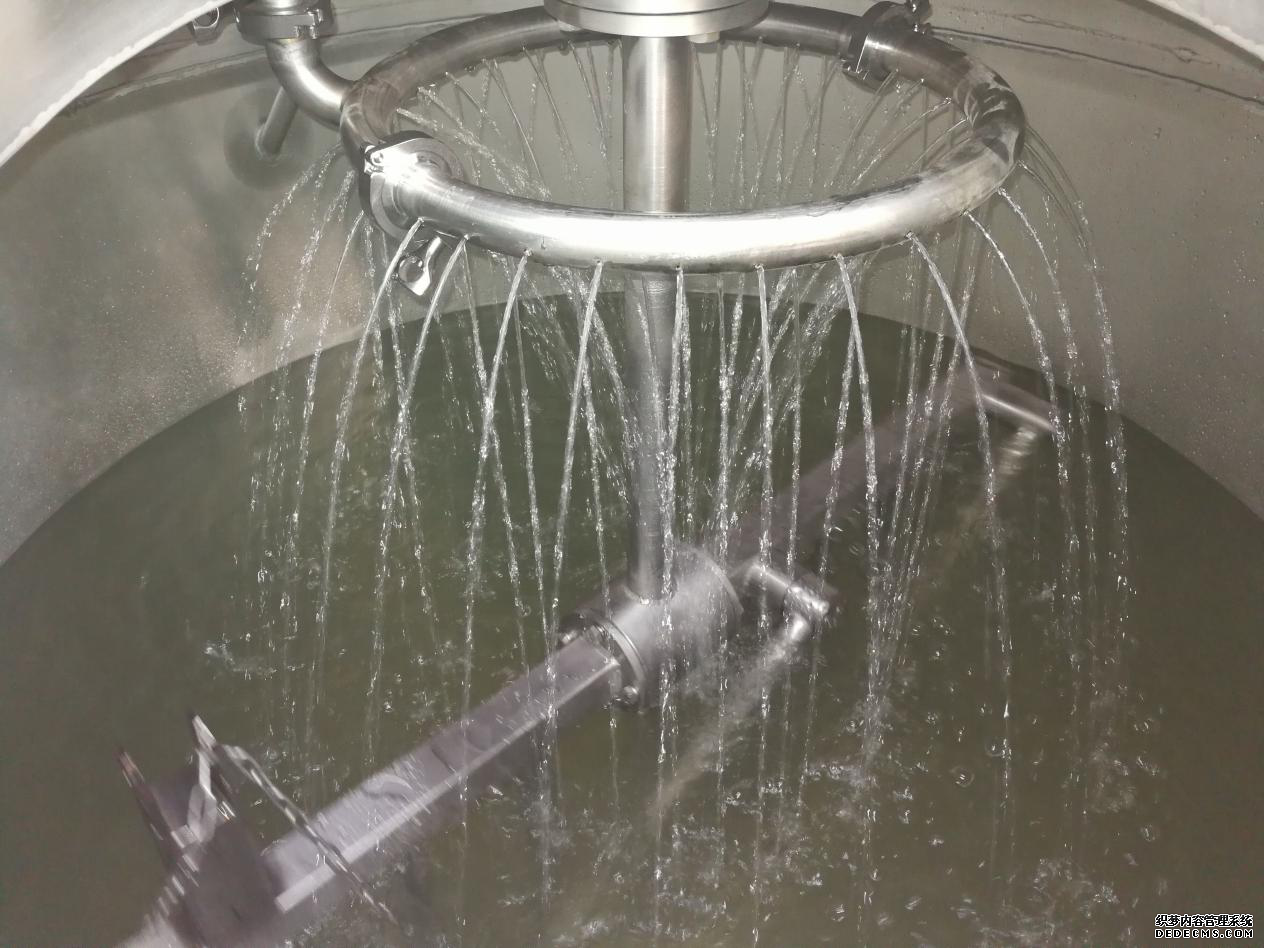What is Sparging?
Sparging is the rinsing of the grain bed to extract as much of the sugars from the grain as possible without extracting mouth-puckering tannins from the grain husks. Typically, 1.5 times as much water is used for sparging as for mashing (e.g., 8 lbs. malt at 2 qt./lb. = 4 gallon mash, so 6 gallons of sparge water). The temperature of the sparge water is important. The water should be no more than 170°F, as husk tannins become more soluble above this temperature, depending on wort pH. This could lead to astringency in the beer.The wort should be drained slowly to obtain the best extraction. Sparge time varies depending on the amount of grain and the lautering system, .5 - 2.5 hours. Sparging means "to sprinkle" and this explains why you may have seen or heard discussion of "sparge rings" or sprinklers over the grain bed for lautering. There is no reason to fool with such things. There are three main methods of sparging: English, batch and continuous.

In the English method of sparging, the wort is completely drained from the grain bed before more water is added for a second mash and drained again. These worts are then combined. Alternatively, the first and second runnings are often used to make separate beers. The second running is lighter in gravity and was traditionally used for making a Small Beer, a lighter bodied, low alcohol beer suitable for high volume quaffing at mealtimes.
Batch Sparging is a U.S. homebrewing practice where the full volume of sparge water is mixed into the mash. The grain bed is allowed to settle, and then the wort is drained off. The re-circulation step in this process takes place in the first minutes of the sparge. You can use more than one batch of water if you need to. This method differs from the English method in that the mash is not held for any significant time at the saccharification temperature before draining.
Continuous Sparging usually results in better extractions. The wort is re-circulated and drained until about an inch of wort remains above the grain bed. The sparge water is gently added, as necessary, to keep the fluid at least at that level. The goal is to gradually replace the wort with the water, stopping the sparge when the gravity is 1.008 or when enough wort has been collected, whichever comes first. This method demands more attention by the brewer, but can produce a higher yield.
Edited by Amy
[email protected]




.jpg)

Get In Touch